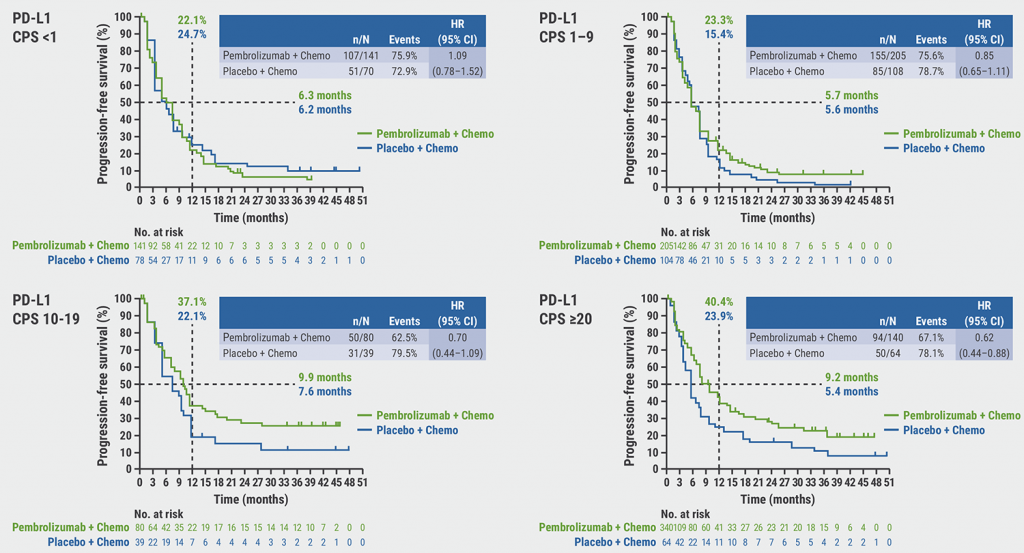"All these recommendations resolve discordances across existing national late effects guidelines and are important to update clinicians globally," Dr. Jenneke van Atteveld of Princess Maxima center for Pediatric Oncology in Utrecht, the Netherlands told Reuters Health by email. "Some findings - such as the fact that methotrexate was not found to be a risk factor for BMD deficits - may be unexpected for some clinicians."
IGHG put together a panel of 36 experts from 10 countries, representing a range of relevant medical specialties, to evaluate and harmonize the evidence of risk factors for very low and low BMD and fractures, surveillance modality, timing of bone mineral density surveillance, and treatment.
Recommendations were graded based on the quality of evidence and balance between potential benefits and harms, and published in The Lancet Diabetes and Endocrinology.
The key points of guideline, according to Dr. van Atteveld, include:
- Who needs BMD surveillance?
Surveillance is recommended after cranial or craniospinal radiotherapy, is reasonable after total body irradiation, and unclear after treatment with corticosteroids. After corticosteroids, the surveillance decision should be made by the cancer survivor and healthcare provider together, after careful consideration of the potential harms and benefits, using the Survivor Information Brochure and additional risk factors - i.e., hypogonadism, growth hormone deficiency, low BMI, male sex, white race, little physical activity, and smoking.
As noted, methotrexate was not found to be a risk factor for very low or low BMD or fractures.
- What surveillance modality should be used?
A dual-energy X-ray absorptiometry (DXA) scan of the lumbar spine (posterior-anterior lumbar 1-4), total body less head (in children and adolescents), and total hip (in adolescents and adults) are recommended.
- When should surveillance be initiated and at what frequency should it be done?
At entry into long-term follow-up (between 2 to 5 years after completion of therapy), and if normal (Z-score >-1), repeat surveillance at 25 years of age when peak bone mass should be achieved.
- What should be done when abnormalities are identified?
-- In those with a BMD Z-score up to -2, referral to (or consultation of) a medical bone health specialist is recommended for further (endocrine) evaluation, interpretation of BMD findings, treatment, and follow-up.
-- In those with a BMD Z-score between </= -1 and > -2, evaluate for the presence of endocrine defects, and repeat DXA after 2 years and thereafter, as clinically indicated based on BMD change and ongoing risk assessment.
-- In all at-risk childhood, adolescent, and young adult cancer survivors, regardless of their BMD Z-score, counsel about lifestyle habits that are important to maintain or improve bone health.
Dr. Rusha Bhandari, a pediatric instructor at City of Hope in Duarte, California, commented on the guidelines in an email to Reuters Health, "I agree that it is important to identify which survivors would benefit from BMD surveillance, as often the timing of their cancer diagnosis and treatment (and related changes in lifestyle) coincides with a critical period for attaining peak bone mass. Risk-based surveillance strategies may allow for early nutritional interventions and lifestyle modifications with the potential to decrease the future need for bone-modifying agents."
"The panel noted that BMD surveillance can increase the risk of misdiagnosis or unnecessary treatment with bone-modifying agents," she noted. "Hopefully, the continued development of evidence-based, age-appropriate surveillance and early intervention strategies will decrease this potential risk"
"Our understanding of the risk factors for reduced BMD will likely continue to evolve as we learn more about late effects in this unique population of long-term survivors of childhood, adolescent and young adult cancer," she added. "It is critical that we consider both host- and treatment-related risk factors for late effects, such as those outlined in the IGHG recommendations, as we continue to optimize our approaches to survivorship care."
SOURCE: https://bit.ly/3CSzoZj The Lancet Diabetes and Endocrinology, online July 30, 2021.
By Marilynn Larkin
Posted on
Previous Article
« For MS, starting with highly effective disease-modifying treatment has clinical benefits Next Article
Letter from the Editor »
« For MS, starting with highly effective disease-modifying treatment has clinical benefits Next Article
Letter from the Editor »
© 2024 Medicom Medical Publishers. All rights reserved. Terms and Conditions | Privacy Policy
HEAD OFFICE
Laarderhoogtweg 25
1101 EB Amsterdam
The Netherlands
T: +31 85 4012 560
E: publishers@medicom-publishers.com


